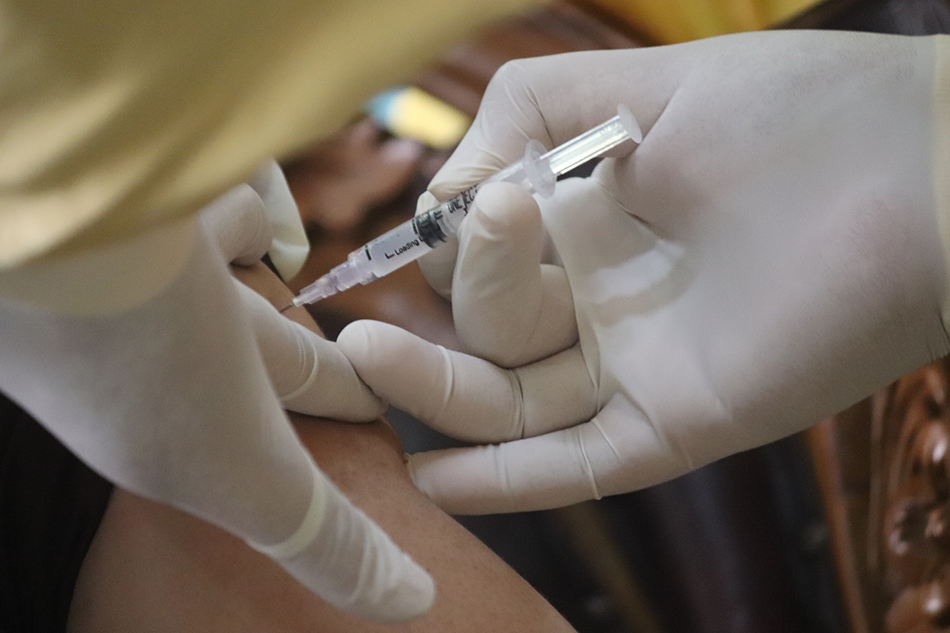Mpox infections are on the decline, thanks to the vaccine.
On May 23, 2024, the Centers for Disease Control and Prevention (CDC) released two reports that found two doses of the vaccine “prevent mpox.” Furthermore, infection “after receipt of 2 JYNNEOS doses is estimated to have occurred in <1% of fully vaccinated persons and comprises a small proportion of national cases.”
The CDC’s review of “32,819 probable or confirmed U.S. mpox cases” found just 0.8% of those receiving the complete two-dose course of Bavarian Nordic’s JYNNEOS vaccine became infected. Additionally, for those who did contract the virus, the CDC reports found that “infections have been milder than those among unvaccinated persons.”
The vaccine is also long-lasting. “Disparate time intervals from vaccination to infection among fully vaccinated persons suggest that immunity is not waning,” writes the CDC.
How vaccine innovation helped contain mpox in 2022
The first mpox case was recorded in 1970. The virus reappeared on a global scale in 2022 in the midst of the COVID pandemic and threatened to re-establish waning social distancing measures.
However, thanks to government and industry intervention, and subsequent rapid vaccine development, the disease was never able to gain the stronghold public health officials feared.
The U.S. outbreak of clade II of the mpox virus peaked in 2022, at about 3,000 cases per week. It dropped to 59 per week by April 30, with most cases among the unvaccinated, the CDC says.
One reason mpox was never able to gain traction is the vaccine successes of old. Vaccination eradicated smallpox, which is closely related to mpox, and the innovation that came out of the smallpox vaccination helped contain the 2022 mpox outbreak quickly.
Mpox remains a threat
Despite the vaccine’s success, mpox still poses a looming threat if vaccination hesitancy persists among high-risk populations.
To date, the more dangerous clade I virus has not been reported in the U.S. Nonetheless, it is important to note that an ongoing outbreak of the deadlier clade I of the virus in the Democratic Republic of the Congo has caused more than 6,500 cases and 345 deaths so far this year, and clade II remains a global concern, says the World Health Organization (WHO).
A global strategy released by WHO calls for surveillance, communication, community outreach—and vaccination.
“Since the start of the global mpox outbreak, we have learned so much more about how mpox affects people, how it spreads, the importance of surveillance, the role of countermeasures, and the role of communities in stopping transmission,” Dr. Tedros Adhanom Ghebreyesus, Director-General WHO, wrote in his foreword to the framework.
“Even so, mpox continues to pose public health challenges that require continued, well-resourced, and sustainable action,” he continued. “From experiences in widely differing contexts, we know it is possible to eliminate human-to-human transmission of mpox. To protect people from this emerging disease, it is necessary to be ambitious and aim for control and elimination by adapting the response to the needs of each local context.”
Luckily, the JYNNEOS vaccine is effective against both clades I and II mpox. In addition to vaccines, the FDA-approved treatment, TPOXX, an antiviral made by SIGA Technologies, can reduce hospitalization and mortality if mpox is contracted.
Bavarian Nordic and SIGA Technologies are members of the Biotechnology Innovation Organization (BIO).




